Q. I have been hearing about the benefits of wood mulch for my garden. What type of wood should I look for and where would I find it? Do I work it into the soil like my lawn cuttings or just spread it on the surface?

A. Three things are important; soil temperature, watering so the soil stays moist, and the size of wood chips. The smaller the wood chips, the faster they rot or decompose. Temperatures warmer than 55F speed up how fast these particles “rot”. Dryness slows down how fast the wood chips rot. The wood chips need it warm, moist and should be small to decompose quickly. For instance, sawdust rots too fast but wood chips too large may rot too slowly. About 1/4 inch to 1/2 inch is perfect.
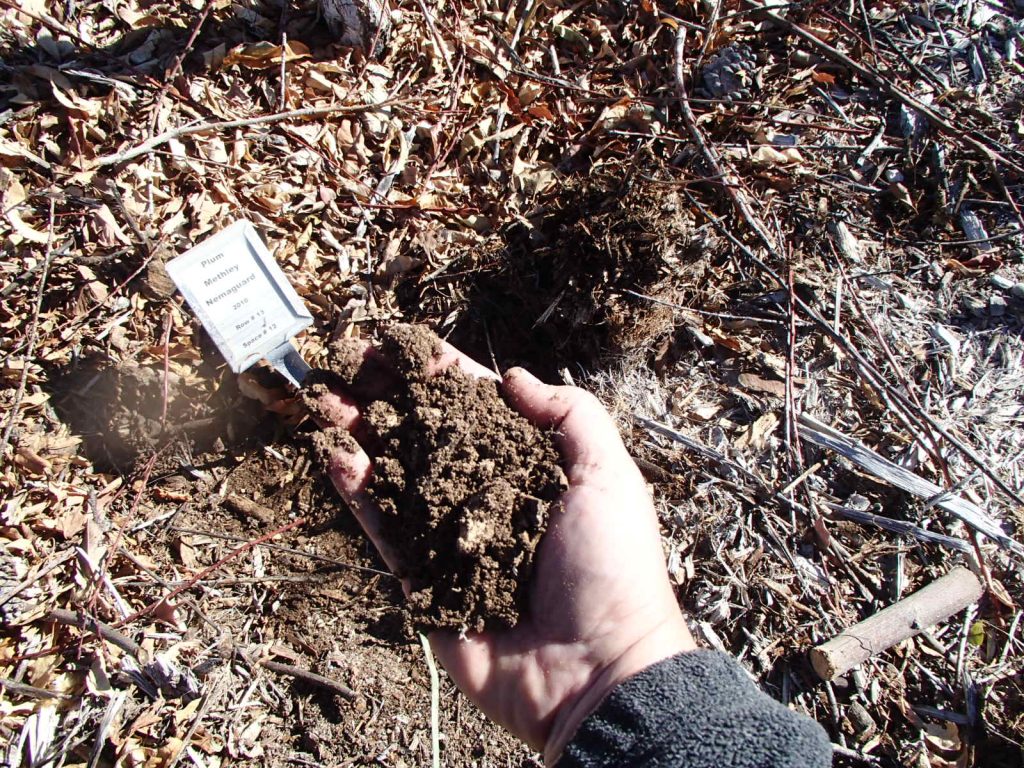
The source of the wood chips is also important. Please don’t confuse “bark” and “wood”. Never use bark for wood chips unless you want it to look pretty and float or blow away. A mixture of wood and bark is okay but not straight bark. Bark chips are mostly decorative. Wood chips are not decorative (pretty) at all. I would call wood chips “rustic” if I were selling it. Bark mulch “looks” are the main reason its bought.
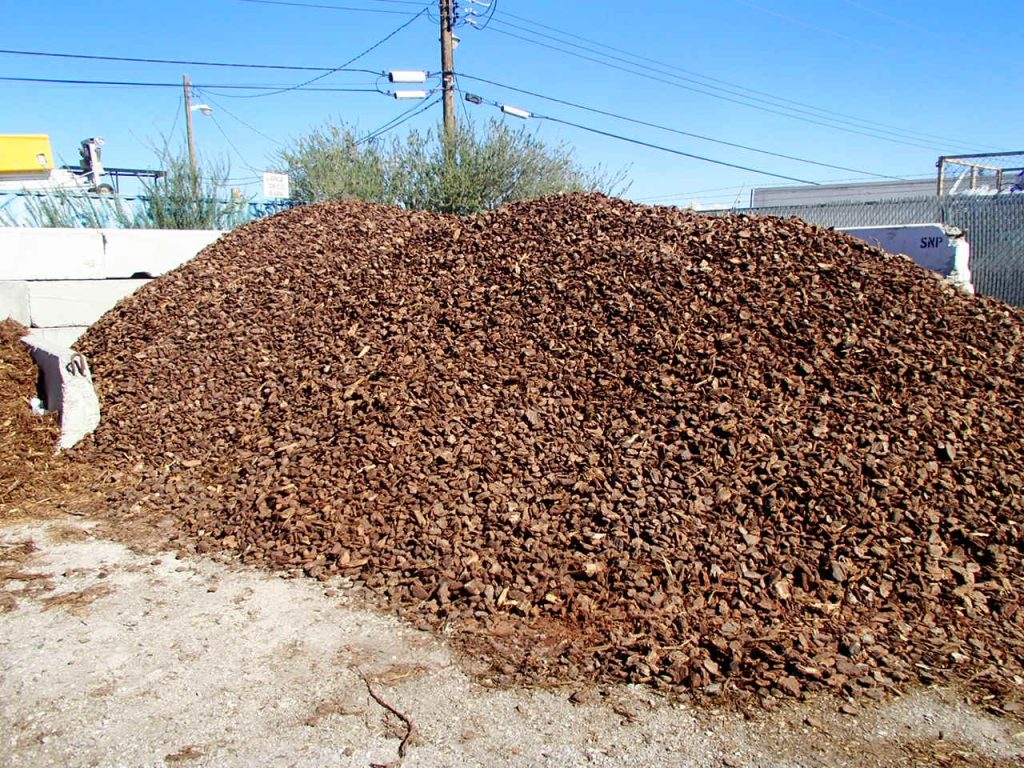
When wood chips are on the soil surface it is called mulch. Wood chips used as mulch are not pretty. It’s functional. It’s okay if wood chip mulch is larger. In fact, you want wood chip mulch to be large.
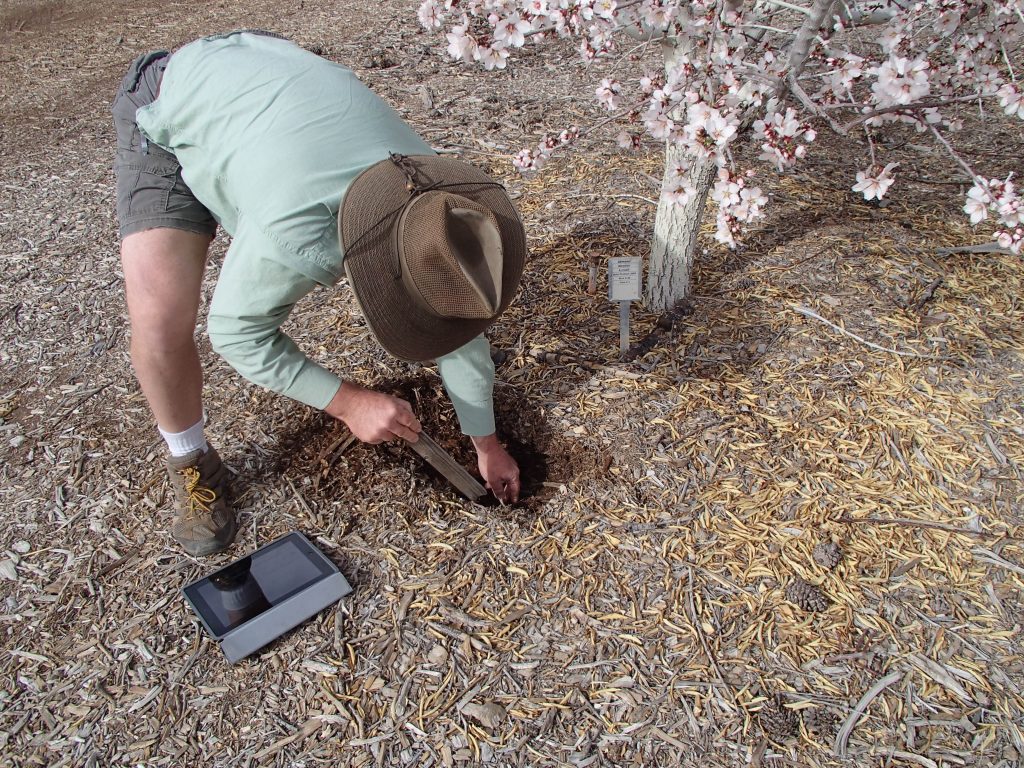
When small wood chips are mixed with moist soil, they are no longer seen. They slowly, over time, become the “organics” part of the soil or organic matter. The rate of decomposition depends on the size of the wood chips, how regularly moist the soil becomes, and soil temperature.
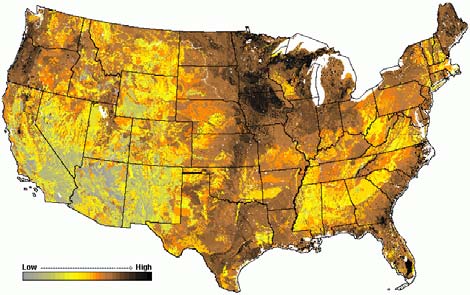
https://x.com/SoilLorax/status/1523418715622035456
Lawn clippings are “green” (not “brown” like woodchips) when first mowed. Grass clippings rot quickly compared to wood chips. Wood chips have a carbon to nitrogen ratio of around 300 or 400 to one (300 or 400 carbons to one nitrogen). There is a lot more carbon present compared to nitrogen. To get wood chips to release their nutrients locked up, you must add some nitrogen fertilizer.
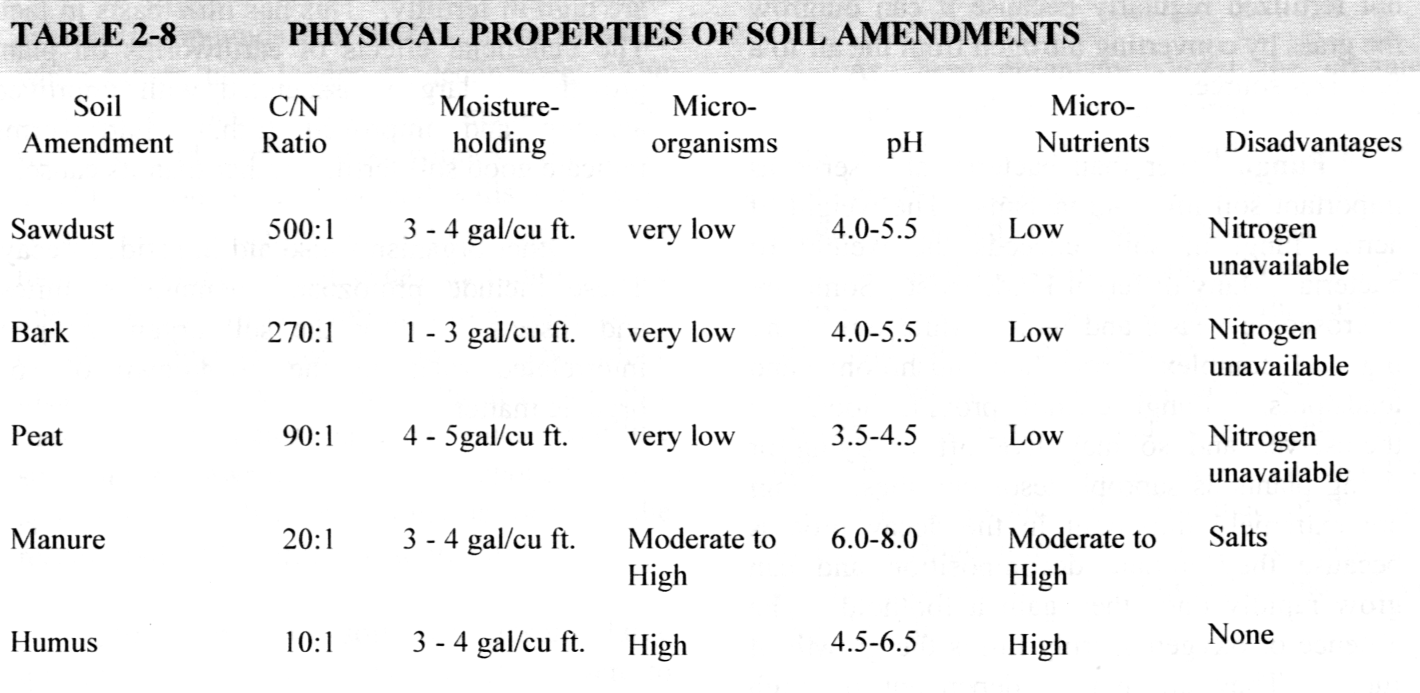
Lawn clippings have a carbon to nitrogen ratio of about 40 or 60 to 1. There is a lot more nitrogen fertilizer in green grass clippings than in wood chips. “Green” mulch doesn’t need extra fertilizer. “Brown” mulch does. What does that mean to you? As wood chips rot or decompose you must add nitrogen fertilizer to it. Grass clippings don’t need any added nitrogen. Grass clippings act like a complete fertilizer when it rots or decomposes. It is the complete package.
Use finely ground wood chips when mixed in the soil and add some nitrogen fertilizer with it. Use small chunky wood chips (1/2 inch and smaller) when mixed in the soil.